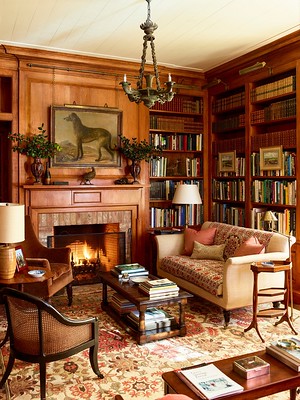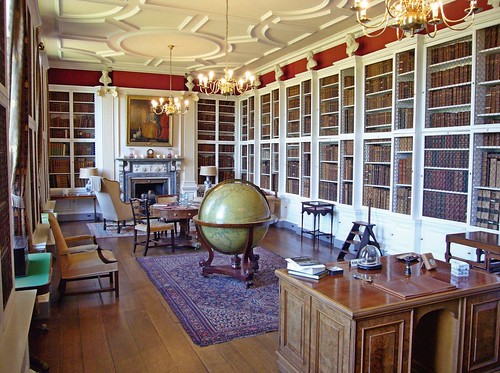
PREV ARTICLE
NEXT ARTICLE
FULL ISSUE
PREV FULL ISSUE
NEW BOOK: THE PRIVATE LIBRARYTo a bibliophile, life wouldn't be quite worth living without books. This New York Times article mentions a new book on the history of the private library. Here's an excerpt - see the complete article online. -Editor
Ms. Morrison
The project stretched over a generation and culminated this year in a profusely illustrated, detail-crammed, Latin-strewn and yet remarkably unstuffy book called The opus arrives at an ambivalent time for book owners. As the pandemic's social and economic disruptions have nudged people into new homes, some are questioning whether it is worth dragging along their collections. Given the inflated costs of real estate and the capacity of e-readers to hold thousands of titles, maybe that precious floor and wall space could be put to other uses? And yet there are clear benefits in a pandemic to having a private sanctuary programmed for escapism. “The tactile connection to books and the need for places of refuge in the home, both for work and for personal well-being, have made libraries a renewed focus in residential design, said Andrew Cogar, the president of Historical Concepts, an architecture firm with offices in Atlanta and New York. Morgan Munsey, who sells real estate for Compass in Brooklyn and Manhattan, has seen well-groomed libraries in brownstones help spark bidding wars.
In
“Entering our library should feel like easing into a hot tub, strolling into a magic store, emerging into the orchestra pit, or entering a chamber of curiosities, the club, the circus, our cabin on an outbound yacht, the house of an old friend, he writes.
Having begun 4,000 years ago, as
To read the complete article, see:
Wayne Homren, Editor The Numismatic Bibliomania Society is a non-profit organization promoting numismatic literature. See our web site at coinbooks.org. To submit items for publication in The E-Sylum, write to the Editor at this address: whomren@gmail.com To subscribe go to: https://my.binhost.com/lists/listinfo/esylum All Rights Reserved. NBS Home Page Contact the NBS webmaster 
|

